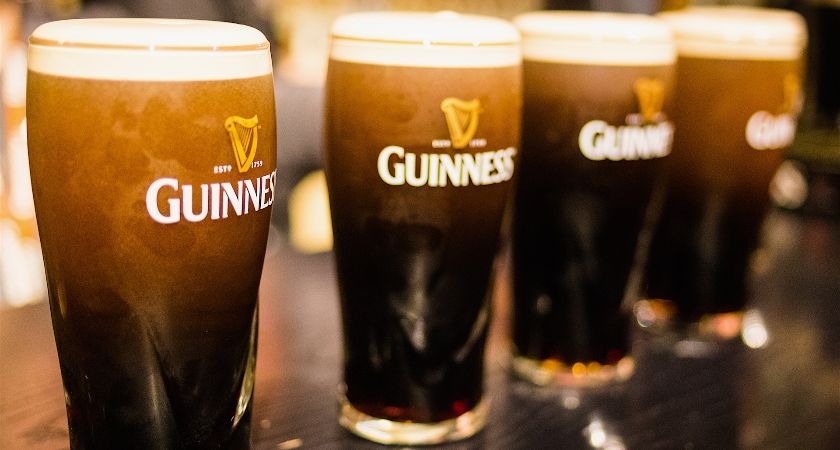ONE OF the great scientific mysteries surrounding the inner workings of the average pint of Guinness may have finally been explained.
The unusual fluid dynamics of a dark, creamy glass of Irish stout has long been the source of fascination among physicists and regular drinkers alike.
It mostly centres how after a pint of Guinness is poured the bubbles in a standard pint of black stuff move down rather than up.
This runs counterintuitive to the way bubbles tend to rise in most liquids due to differences in density and has led to much bafflement and a sizeable amount of pub debate.
So much so, in fact, one group of Japanese researchers decided to set about unravelling the inner mysteries of Guinness and why the drink moves and behaves in the way it does.
Previous research suggested the downward movement of bubbles may have been down to the shape of the glass.
However, a new study published in the scientific journal Nature found something altogether different reason might be the cause.
To get around the problem of Guinness’s distinctly dark colour, which would have made observations on fluid dynamics difficult, researchers from Osaka University created a transparent “pseudo-Guinness fluid” using a combination of light particles and tap water.
They then conducted a series of experiments on the bubble distribution in Guinness when it was poured into three different types container: a pint glass, an inclined rectangular container and a trapezium-shaped container.
A high-speed video camera with a special laser observation technique was used to assess how the texture in each container formed and to measure the movement of the fluid.

Researchers found that when Guinness is poured, bubbles approximately a tenth of the size of those found in lager or sparkling white wine dispersed throughout the entire container, resulting in the stout’s distinct creamy texture.
This goes some way to explaining why the bubbles in Guinness descend, but the study found this wasn’t the only factor.
“The investigation has concluded that when Guinness is poured into a typical pint glass, which widens towards its top, the rising motion of bubbles creates a clear-fluid (bubble-free) film above the inclined wall,” the research explained.
“The dense clear-fluid film falls, whereas the bubble-rich bulk rises, which is known as the Boycott effect.”
The results may have wider implications for the study of several physical systems.
"There are a large number of small objects in nature, such as fine rock particles transported from rivers to the sea and microorganisms living in lakes and ponds,” Tomoaki Watamura, the leader researcher explained.
“Comprehending and regulating the movement of small objects is important in various industrial processes as well. Our research results will be useful in understanding and controlling flows of bubbles and particles used in industrial processes as well as protein crystallization and cell cultivation used in the field of life science."


